Equation of a Straight Line
The equation of a straight line is usually written this way:
y = mx + b
(or "y = mx + c" in the UK )
What does it stand for?
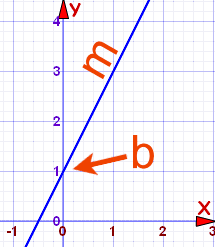 |
| |||||
y = how far up
x = how far along
m = Slope or Gradient (how steep the line is)
b = the Y Intercept (where the line crosses the Y axis)
| ||||||
How do you find "m" and "b"?
- b is easy: just see where the line crosses the Y axis.
- m (the Slope) needs some calculation:
| m = |
| 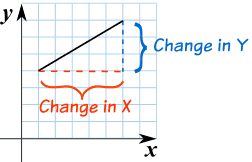 |
Knowing this we can work out the equation of a straight line:
Example 1
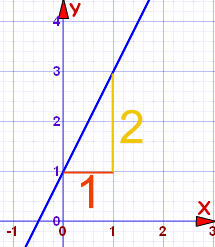
| m | = |
| = | 2 |
b = 1 (where the line crosses the Y-Axis)
| Therefore y = 2x + 1 |
With that equation you can now ...
... choose any value for x and find the matching value for y
For example, when x is 1:
y = 2×1 + 1 = 3
Check for yourself that x=1 and y=3 is actually on the line.
Or we could choose another value for x, such as 7:
y = 2×7 + 1 = 15
And so when x=7 you will have y=15
Example 2
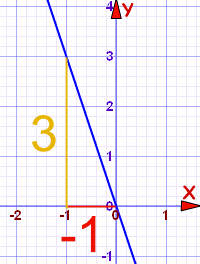
| m | = |
| = | –3 |
b = 0
This gives us y = –3x + 0
We do not need the zero!
| Therefore y = –3x |
Example 3: Vertical Line
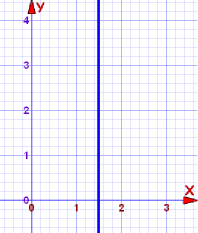
What is the equation for a vertical line?
The slope is undefined ... and where does it cross the Y-Axis?
The slope is undefined ... and where does it cross the Y-Axis?
In fact, this is a special case, and you use a different equation, not "y=...", but instead you use "x=...".
Like this:
x = 1.5
|
Every point on the line has x coordinate 1.5,
that’s why its equation is x = 1.5
that’s why its equation is x = 1.5
Rise and Run
Sometimes the words "rise" and "run" are used.
And so the slope "m" is:
You might find that easier to remember
|  |
